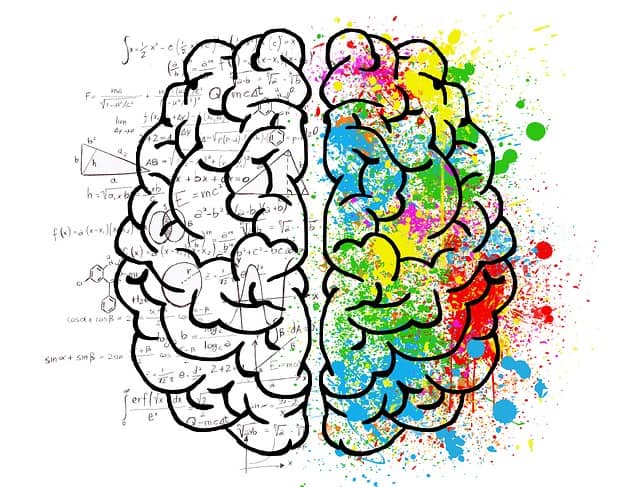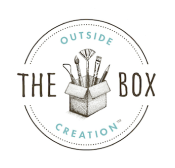
Drawing Brings Out the Best in Your Brain
October 25, 2019
By Beth Herrild
I’ve always viewed drawing as a necessary part of art, but it turns out it’s much more than that. Drawing is really good for for kids’ brains!
Drawing uses both halves of the brain.
Our brains have two hemispheres, two halves. The two halves are connected by a broad band of nerve fibers called the corpus callosum. When information comes into the brain it moves between the two halves; nothing stays exclusively in the right or left hemisphere. But, there is usually a dominate area for processing, depending on what the processing entails. You may have heard that the right brain is the creative part and the left side is the logical part. This is kind of true, but it isn’t quite that black and white. It turns out that the two halves work together on a variety of tasks.
If you begin doing a drawing, the right side of the brain looks at your subject matter as a whole – the big picture. It processes things like relationships between different parts of your drawing: shapes and sizes, and abstract qualities. True, it is creative and inventive! At the same time, the left side of the brain is thinking more about planning and all of the details of the drawing. It processes differences and patterns, measures things and organizes information. So you see, you can’t draw with one hemisphere tied behind your back! You need them both.
This is important why? If we want our brains to think up new ideas, invent and implement the ideas, we need both halves of our brains. The same is true for our children. Our brains work best when the whole brain is engaged and working together. Providing our kids with experiences that engage their whole brains helps them to develop and strengthen all kinds of neural pathways. It also helps with focus and memory.
Drawing teaches us how to see!
One of the biggest obstacles to mastering the skill of drawing is drawing what we actually see instead of what we think we see or should see. Most of us aren’t as observant as we think or would like to be. Then, when we start to draw something, our left brain often overrides our right brain and says, “What are you doing? That’s not what a rabbit looks like!” This is particularly common in people whose left brains are more dominant than their right brains. Our brain may tell us that a rabbit is brown, has a little round cotton tail and big tall ears that are pink inside.
But if we take a photo of a rabbit and really study it, we might notice that the rabbit’s fur is quite mottled, more of a beige or taupe than brown with little flecks of white. We might also notice that it actually looks a little bit green under its chin, because of the reflection of the grass, and a bit blueish in the shadows. (Color is all about light!) We might also notice that the tail isn’t really round; the ears aren’t quite as tall as we thought, and they aren’t even pink inside. So much for our left brain’s idea of a rabbit.

• Upside down a photograph or image out of a magazine. Then draw it that way. Don’t turn it right side up until you have finished at least a basic sketch. This encourages your brain to look at the subject matter simply as a collection of shapes rather than a rabbit, a vase or a chair. Take the photo I took of a rabbit (above). My first attempt to draw it didn’t look a whole lot like a rabbit. The second time I drew it, I turned it upside down. And viola, it looks so much more like my rabbit!

• Do a contour drawing. Start your drawing and keep going without EVER lifting your pencil or pen off of your paper. You look only at your subject matter (what you are attempting to draw) without peeking at your paper until you have drawn the entire object. If you have to backtrack, go back and forth over lines, still not lifting your pencil or pen. This exercise works well with one single object like a potted plant, a vase of flowers, or piece of fruit. It is not meant to be totally accurate and actually produces a fun and energetic drawing. Doing these types of drawings will teach you a lot about being observant.

• Make a face: Look for a face in a magazine. Preferably, the face is large and was photographed straight-on rather than at an angle. Cut the face out of the magazine and cut it in half from top to bottom down the middle. Glue half of the face on a piece of paper and then try to draw the other half. Kids love this exercise! It also works with animals and other simple objects photographed straight on so the two sides are relatively symmetrical, or as much as nature can be.

Drawing every day or as often as possible is one of the single most effective things you can do for yourself or for your child to increase focus, retention and understanding of ideas. Our brains are so amazing. Drawing is really good for for kids’ brains and can benefit us adults as well!
Check out some of our other recent blog posts.
What’s New?



